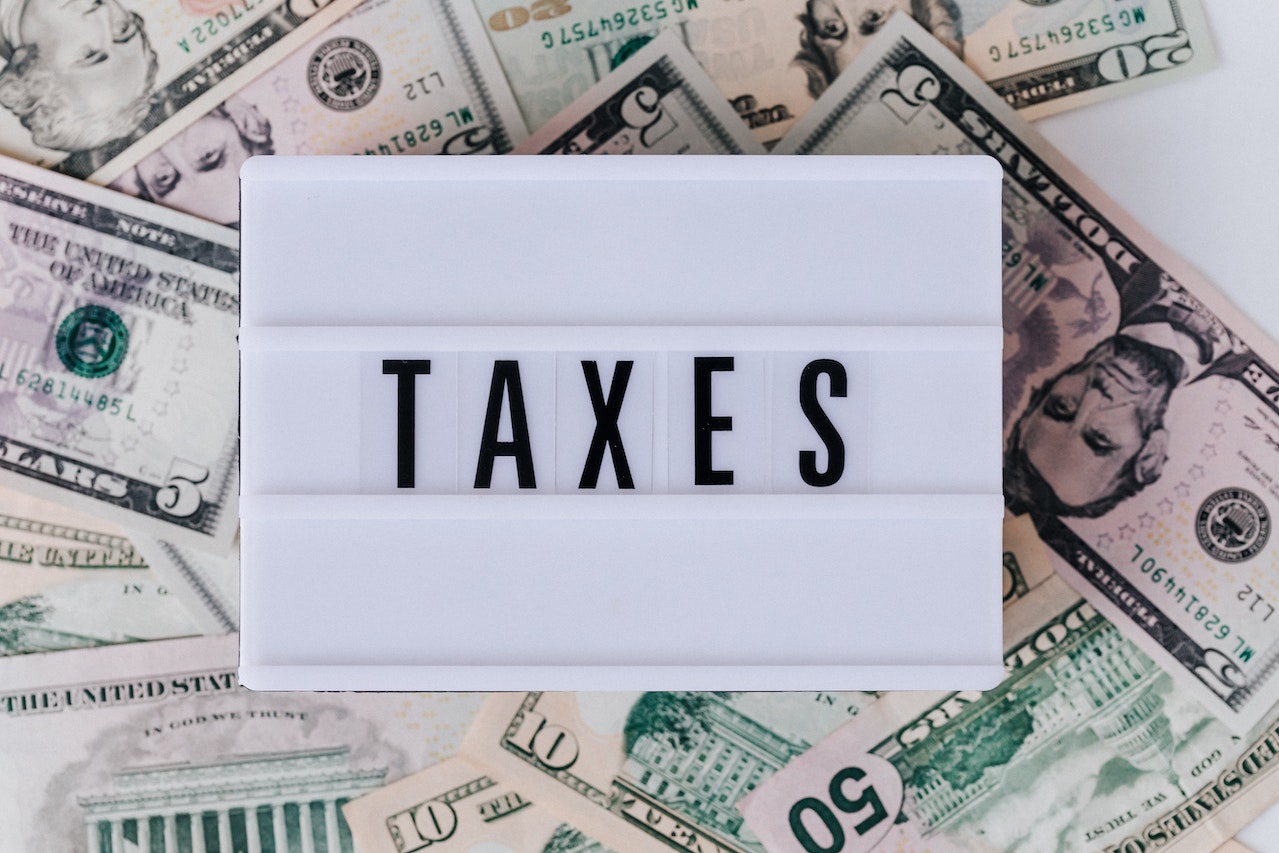As the specter of a federal government shutdown on October 1st looms, hundreds of thousands of federal employees face the possibility of being furloughed or working without pay. However, an intriguing exception arises: the Internal Revenue Service (IRS) may continue its operations uninterrupted, in case of a government shutdown.
In 2022, the agency responsible for processing returns and refunds for millions of Americans received a substantial injection of funding. A recently unveiled government shutdown contingency plan reveals how this infusion of resources could shield the IRS from financial constraints for a defined period.
“The IRS will not experience a lapse in appropriations,” asserts the plan, ensuring that the agency’s 83,000-strong workforce can expect “normal IRS operations” in the event of a shutdown.
Anticipation surrounds the imminent release of an updated plan for fiscal year 2024, which coincides with the potential shutdown. However, experts suggest that the agency’s fiscal position has likely remained relatively stable over the past year.
The Inflation Reduction Act furnished the IRS with this additional funding, earmarking billions for intensified efforts against tax evasion, enhanced customer service, and a modernization of the agency’s technological infrastructure. While resources were allocated for overall operations, reliance on these funds during a prospective shutdown leaves some challenges unresolved.
During a recent address on agency progress, IRS Commissioner Danny Werfel emphasized the imperative of “a consistent, reliable funding stream” for sustained advancements, both through annual appropriations and continued Inflation Reduction Act support.
Yet, uncertainties prevail as annual appropriations, the primary source of IRS funding, remain undecided. The House and Senate are at odds by approximately $1.1 billion regarding the allocation for fiscal year 2024. The Grant Thornton tax advisory firm has recently forecasted that the IRS may face intense scrutiny in the forthcoming broader spending deliberations.
Moreover, a debt ceiling agreement from the previous summer curtailed a portion of the additional IRS funding, reducing the agency’s budget to $60 billion.
Past shutdowns compelled the IRS to drastically curtail its operations. In a 2018 contingency plan, nearly 90% of the agency’s workforce faced furloughs. Some were eventually recalled as the standoff persisted.
During the 2019 shutdown, IRS offices nationwide shuttered, resulting in substantial delays for billions in tax refunds. “Live telephone assistance is not available at this time,” taxpayers were informed due to staffing shortages.
With the September 30th deadline looming, Congress races against time to avert a government shutdown. Contingency plans across various agencies are being hastily revised.
As the prospect of a shutdown inches closer, uncertainty grips the federal government, including the IRS, regarding the potential outcomes of an impasse. Margaret Weichert, former deputy director for Management at the Office of Management and Budget, noted that the process of shutdown inherently carries political weight, and determining who is exempt and who faces furlough remains fluid due to the vague nature of spending laws.
In the face of recurring shutdowns in recent years, other agencies have sought innovative strategies to maintain their workforce on duty. Gordon Gray of the American Action Forum remarked, “Shutdowns are stupid and costly, but we’ve managed to mitigate their disruptive impact through legal maneuvering.”
Meanwhile, the likelihood of a shutdown grows more apparent. House Republicans’ attempt to postpone it for a month with a bill met bipartisan opposition, leaving it in legislative limbo. House Speaker Kevin McCarthy now explores alternative avenues.
With expectations low for an immediate bipartisan resolution to avert a shutdown, lawmakers increasingly acknowledge the possibility of a government closure. The question now revolves around the duration of the impending standoff.
Source: Yahoo Finance



